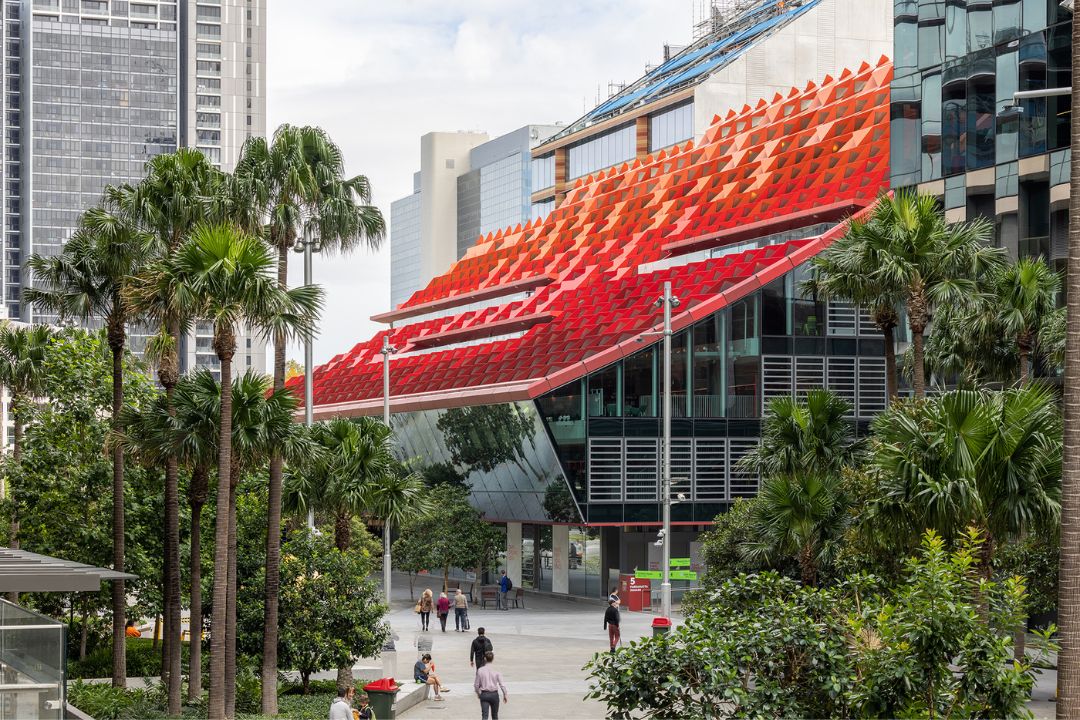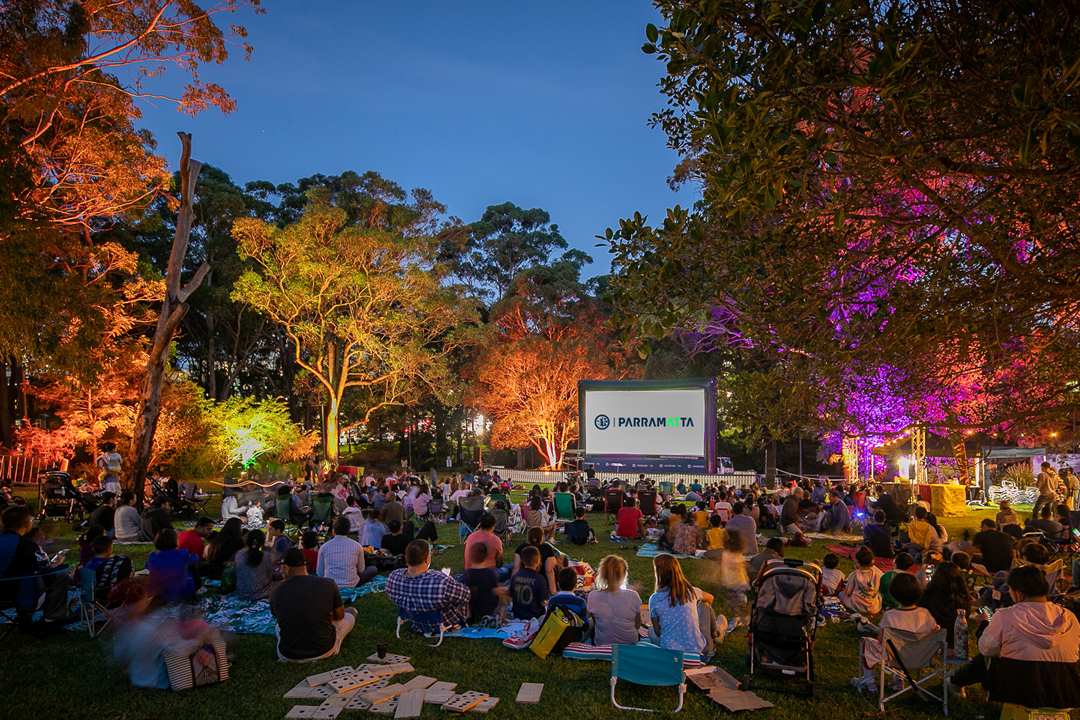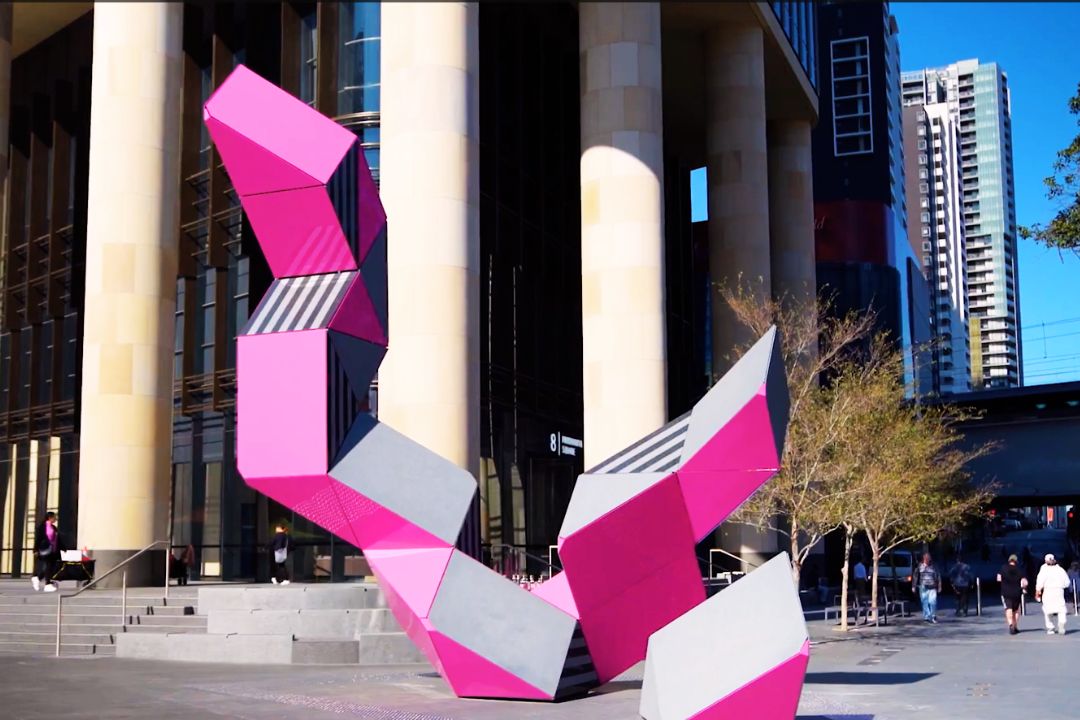Parramatta is considered one of the most historically significant places in Australia.
Long before European settlement, Indigenous people inhabited the Sydney area. The Darug people were known to have occupied the Sydney basin for more than 40,000 years. Made up of many small clans, the Darug followed seasonal food routes within strict territorial boundaries. One of these clans, the Burramattagal, lived at the head of the Parramatta River.
Many places and items remain in Parramatta that are important to the local Aboriginal community and to Aboriginal people in New South Wales.
In 1788, the first Europeans arrived in Rose Hill (now known as Parramatta). Governor Arthur Philip established Parramatta as a farming settlement to ensure the colony's survival. By the early 1800s, hospitals, schools, churches and other public buildings had all been established and Parramatta prospered as a convict town and centre of regional government.
Reflecting its rich history, Parramatta contains many significant heritage buildings and places. The centre of Parramatta is home to well known historical places such as Elizabeth Farm House, Experiment Farm Cottage and Old Government House.
There is also evidence of the history and growth of Parramatta including 19th and early 20th century houses, shops, factories, public institutions, bridges and other structures, as well as cemeteries, landscapes, parks and street trees.



